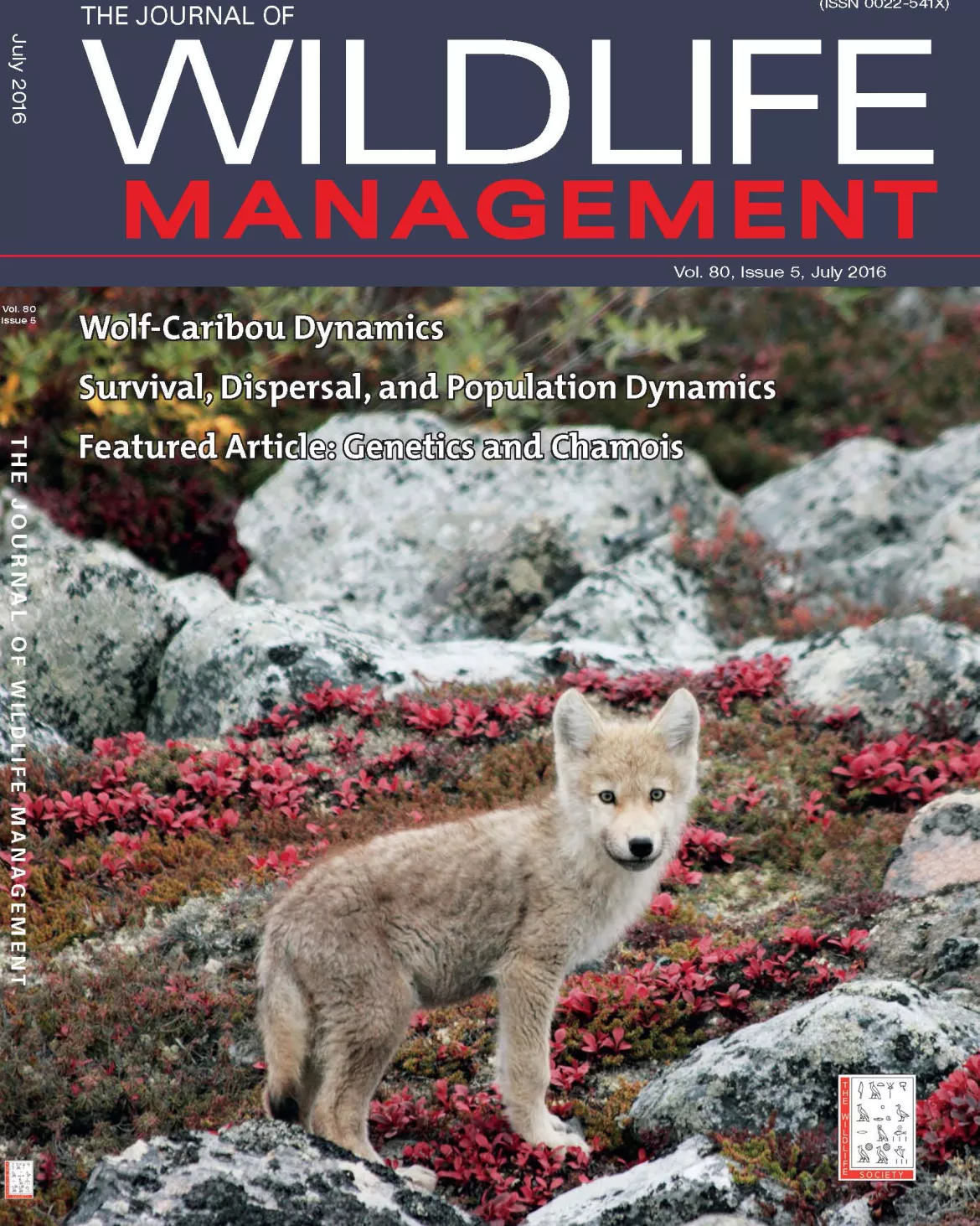Wolf-caribou dynamics study by biologist and UNBC grad published in Journal of Wildlife Management

The Bathurst caribou herd, with calving ground approximately 500 km north of Yellowknife, Northwest Territories, has experienced a dramatic decline in distribution and abundance over the past 20 years. That population has decreased from more than 350,000 animals in the mid-1990s to approximately 15,000 animals in 2016.
Few caribou has resulted in emergency suspension of harvesting for resident and Aboriginal harvesters. Although the exact mechanisms for the decline are unclear, some have questioned the role of wolf predation in perhaps limiting the ability of the herd to recover quickly.
Research by Mike Klaczek, a UNBC Master of Science (Biology) graduate in 2015, who was supervised by Ecosystem Science and Management professor Dr. Chris Johnson, focused on the interactions of the Bathurst caribou and their primary predator, tundra wolves.

He studied the distributional and population responses of wolves to the declining caribou population. He used location data from caribou with satellite collars and aerial surveys of the location of wolf dens to determine if wolves shifted their summer dens to be closer to caribou (that were contracting further north).
Wolves maintained a strong affinity to historical den sites, thus the dens were located at progressively greater distances from the caribou calving and summer ranges. This is bad news for the survival of wolf pups as there are few caribou near the den to feed the young.
Klaczek also spent two summers on the tundra observing wolf dens so that he could assess pup recruitment (pups that survived to the fall when they were then able to move with the pack and hunt). He supplemented his observations with a long-term data set documenting litter size and survival.
His analyses revealed that the decline in caribou numbers has resulted in poor survival of wolf pups and a decline in the wolf population. Without caribou, many of the pups didn’t survive the summer. Klaczek’s work suggests that the number of tundra wolves is regulated by the dynamics of caribou.
His findings are published in July’s issue of The Journal of Wildlife Management. One of his photos, taken during his time spent on the tundra, is featured on the cover page of the journal.
Klaczek now works as a wildlife biologist with the BC Ministry of Forests, Lands and Natural Resources in Prince George.